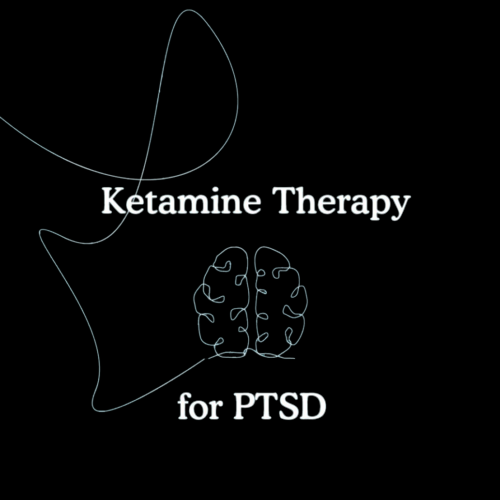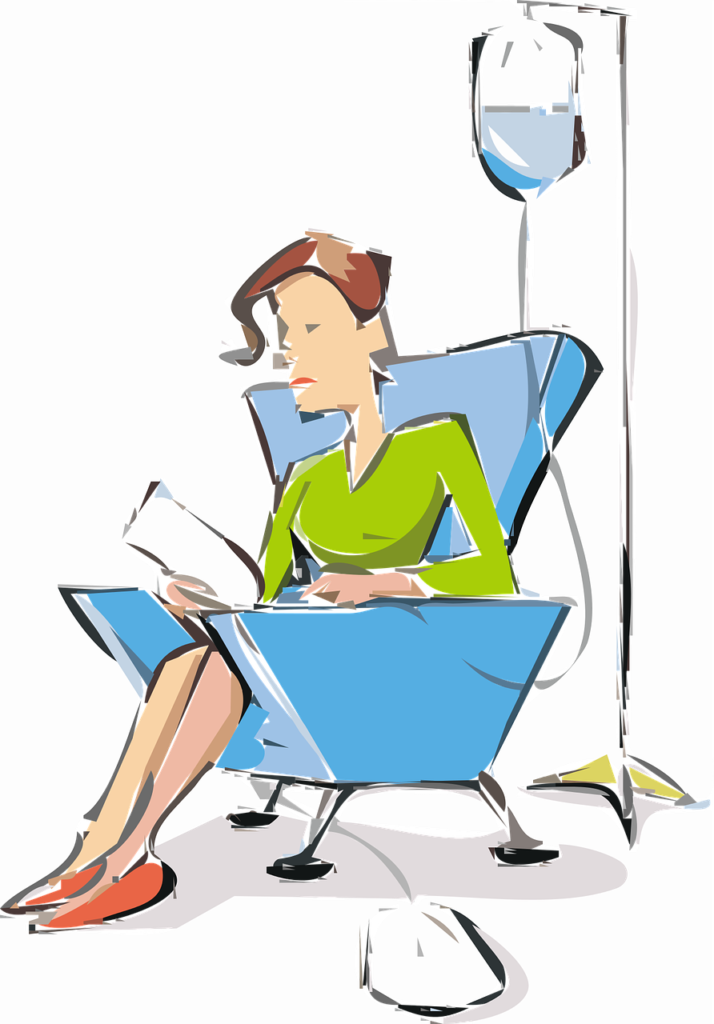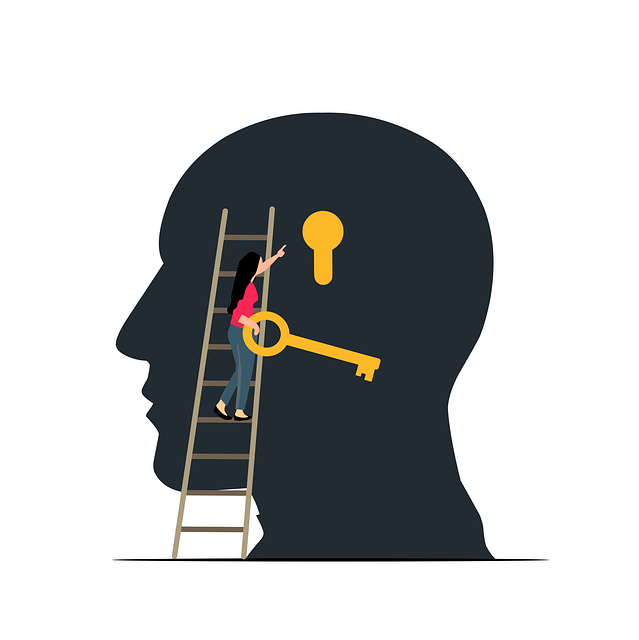A wide range of methods are employed in cognitive behavioral therapy (CBT). Based on the relationships and reciprocal influences between your thoughts, emotions, and behaviors, it’s a successful form of brief therapy.
What is Cognitive Behavior therapy (CBT)?
A type of talking therapy called cognitive behavioral therapy (CBT) is used to treat a variety of mental health issues, such as depression and anxiety disorders like social anxiety and generalized anxiety. The foundation of CBT is the notion that our thoughts (cognition), feelings (emotion), and actions (behavior) are interconnected. More specifically, our thoughts dictate our emotions and actions.
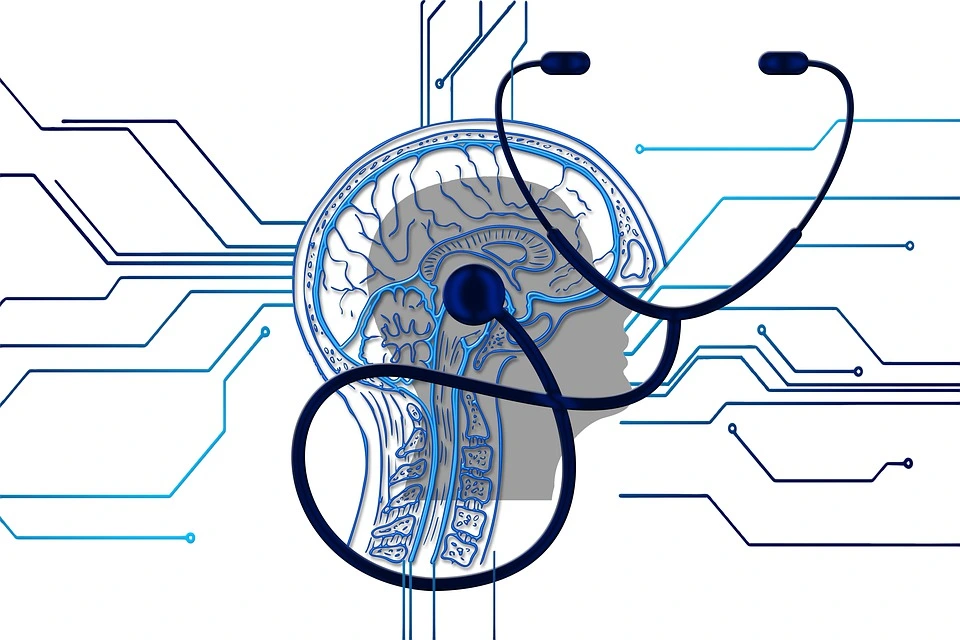
As a result, unfavorable and unrealistic beliefs might upset us and lead to issues. A person’s interpretation of events gets distorted when they experience psychological distress, which has an adverse effect on their behavior. The goal of CBT is to assist individuals in becoming conscious of their negative interpretations and the patterns of behavior that support these erroneous beliefs.
CBT techniques
The core idea of cognitive behavioral therapy (CBT) is that your mental processes influence your feelings, which can then influence your actions.
For example, CBT emphasizes how unfavorable ideas can result in unfavorable emotions and behaviors. Rephrasing your thoughts to be more constructive, however, might result in happier emotions and constructive actions. You will learn from your therapist how to make immediate adjustments. You can employ these abilities for the remainder of your life.
1. Cognitive restructuring
One of the key techniques in CBT is cognitive restructuring. It assists you in recognizing and disputing harmful ideas and substituting them with more sensible and grounded ones. You become more adept at stopping yourself from being controlled by negative thought patterns as you practice this ability over time.

For instance, you may frequently think to yourself, “I’m a failure. I am transparent to all. Your therapist may use cognitive restructuring to assist you in realizing that these thoughts are inaccurate or not helpful. They can assist you in realizing that the thoughts are unfounded and in substituting more optimistic thoughts for the unreasonable ones.
2. Guided discovery
During guided discovery, the therapist will become familiar with your perspective. They will then pose queries meant to make you reevaluate your assumptions and widen your perspective.
It’s possible that you’ll be asked to provide both evidence that confirms and contradicts your assumptions. You’ll get the ability to view things from a variety of angles during the process, particularly ones you might not have before. This will enable you to select a more beneficial course.
3. Exposure therapy
If you are anxious, you probably try to stay away from situations that make you feel anxious. However, ignoring your worries won’t make them go away. CBT therapists assist you in gently and gradually exposing yourself to your concerns.
For some mental health issues, like phobias and social anxiety disorder, exposure therapy works best. It entails exposing the phobia—whether it be of spiders or social situations—gradually and under supervision. In a nutshell, exposure therapy involves confronting your fears. It supports you in overcoming anxiety and developing resilience.
4. Mindfulness techniques
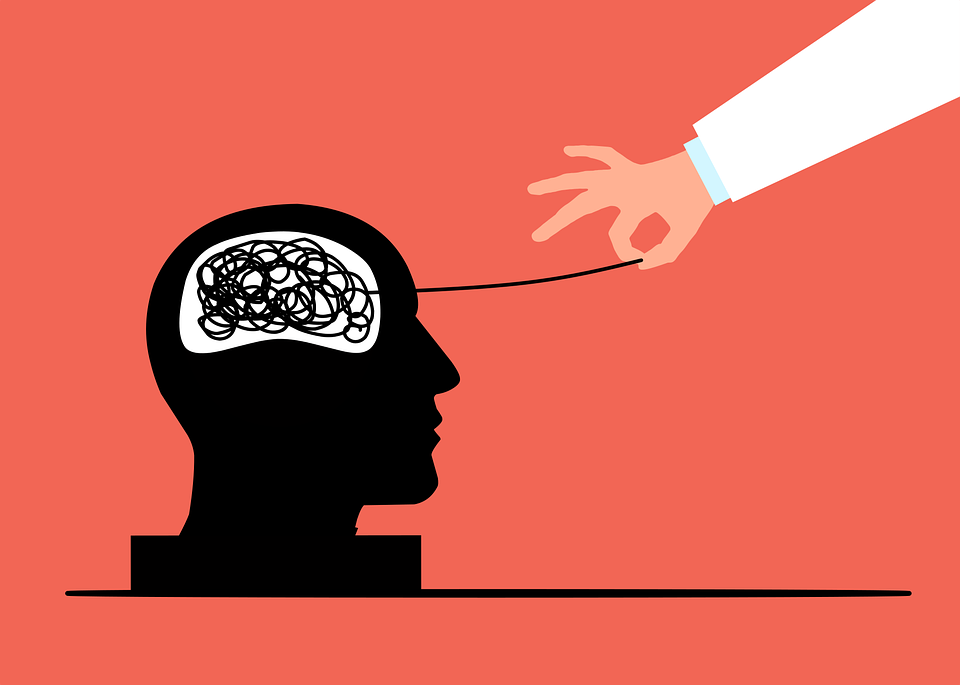
A number of CBT-based therapies, such as DBT and mindfulness-based cognitive therapy (MBCT), use mindfulness practices. Remaining in the present moment, even when it is uncomfortable, is the essence of mindfulness. This enables you to relate to your ideas, emotions, and experiences with less conflict.
Despite having its roots in Eastern mysticism, mindfulness is currently applied in a secular setting and is a part of many other CBT techniques. It has been demonstrated that mindfulness practices, such as meditation, lessen the symptoms of PTSD, anxiety, and depression.
5. The activation of behavior
Low energy, low motivation, and a lack of interest in daily activities are common symptoms of depression. One CBT method that addresses depression-related sluggishness and elevates mood is behavioral activation. It asks you to recognize and partake in enjoyable things that make you feel accomplished, even when you aren’t inspired to.
Behavioral activation, for instance, may enable you to exercise even when you’re melancholy. One of the best ways to deal with depression is to exercise, but it can be hard to motivate yourself to work out when you’re depressed.
6. Problem solving
One strategy that’s frequently used in conjunction with CBT to help you address problems is problem-solving. You might learn how to think through an issue and come up with solutions from your therapist. This approach emphasizes on seeing obstacles in your path, evaluating every option objectively, and selecting the one that will eventually benefit you and your life.
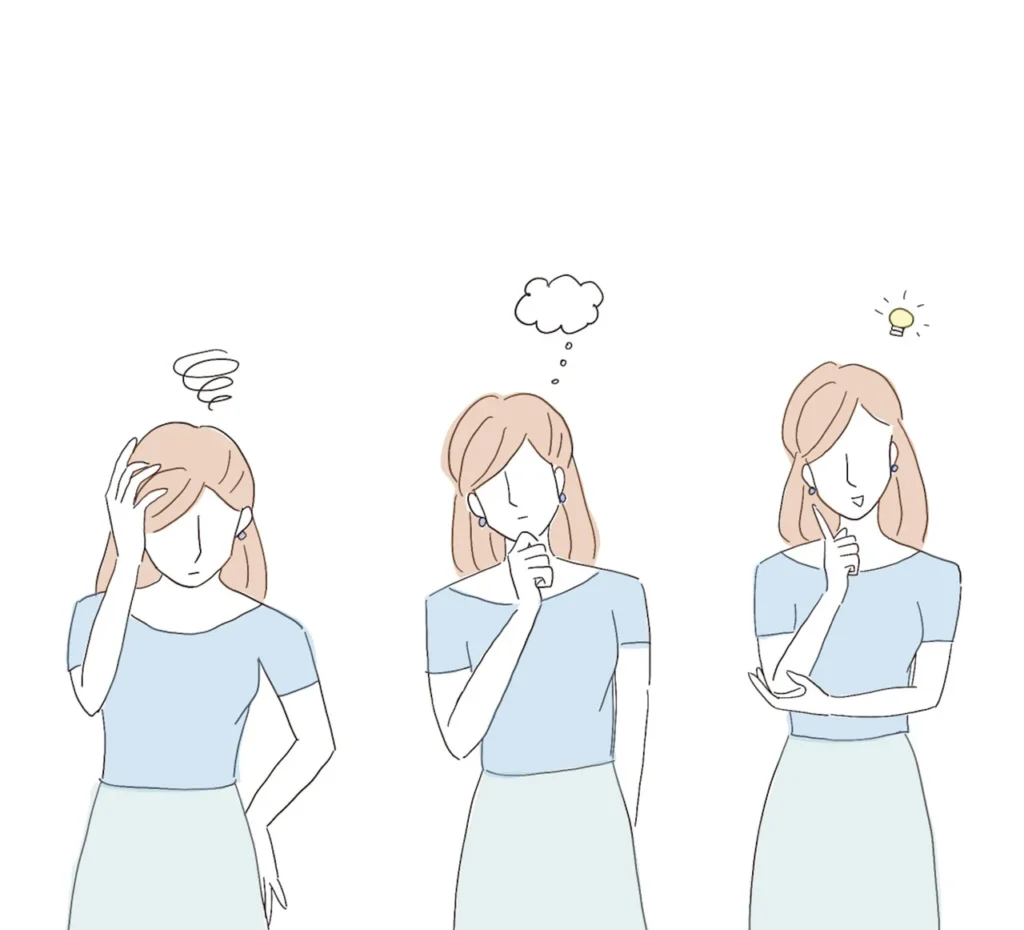
For instance, if you are aware that procrastination is an issue in your life and you battle with it, your CBT therapist can assist you in coming up with alternatives and objectively weighing the advantages and disadvantages of each. Getting an assistant, time-blocking your calendar, and/or having an ADHD evaluation are all possible remedies. With your therapist’s assistance, you can decide on and carry out the solution that works.
7. Role playing
You can practice various behaviors in potentially challenging situations by role-playing. Imagining potential outcomes can help reduce worry and be utilized for:
- enhancing one’s ability to solve problems
- obtaining comfort and self-assurance under specific circumstances
- putting social skills into practice
- Training in assertiveness enhances communication abilities
8. Techniques for managing stress
Life inevitably involves stress. CBT therapists assist you in developing coping mechanisms so that you can manage potentially stressful circumstances in the future.
Together with your therapist, you will identify the things that make you stressed, develop coping mechanisms for when things are really difficult, and make plans for handling stressful circumstances as they come up. You can learn new stress-reduction techniques from your CBT therapist to help you deal with stressful situations.
9. Conducting behavioral studies
Behavioral experiments are commonly employed in the treatment of anxiety disorders characterized by catastrophic thinking.
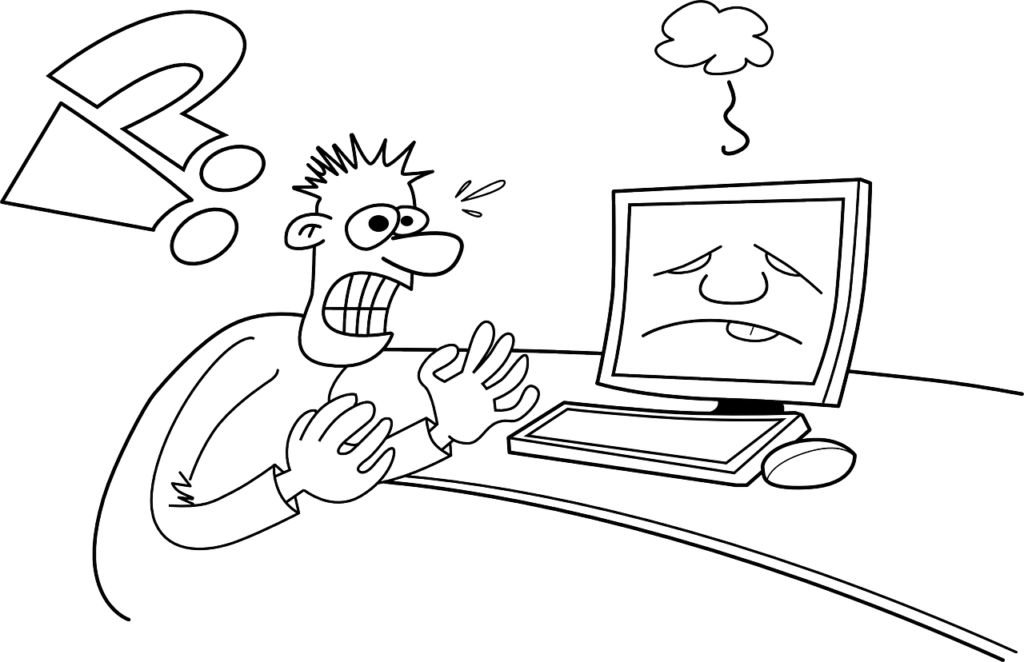
You are going to be asked to make predictions about a task that usually causes you anxiety before you even begin. Also You will discuss whether or not the prediction came true later.
You may eventually come to the conclusion that the apocalyptic event is not likely to occur. You’ll probably begin with less stressful activities and work your way up from there.
10. Writing diaries and mental notes
Writing is a tried-and-true method of connecting with your own ideas. In between sessions, your therapist can urge you to write down any negative thoughts that came to mind, along with any alternative positive ideas you’d want to consider.
Recording the new ideas and actions you’ve adopted since the prior session is an additional writing task. Putting it down on paper can assist you in recognizing your progress.
Benefits of cbt
While therapy and cognitive behavioral strategies don’t work instantly, progress can frequently be shown in as few as five to twenty sessions. When compared to alternative psychotherapy interventions, cognitive behavior therapy offers some advantages, such as:

- Cost: Compared to some other treatment alternatives, cognitive behavioral therapy procedures can be more reasonably priced. Particularly if they may be found using outpatient techniques (such self-help books and routine therapy sessions).
- Results That Have Been Proven: As previously mentioned, cognitive behavioral therapy methods have been thoroughly studied and found to be successful. They are among the psychotherapy methods with the greatest body of research and have proven to be very successful in treating a wide range of mental health issues. For many, cognitive behavioral therapy (CBT) for post-traumatic stress disorder (PTSD) can be very beneficial.
- Flexibility: There are a wide range of potential applications due to the various cognitive behavioral therapy methodologies and CBT procedures that are available. Books, inpatient care, and/or routine therapy sessions can all be used as forms of treatment. Because of all of this, CBT is an excellent choice for a range of personal circumstances and comfort levels. Options that are available online and in person help to further boost flexibility.
- Non-Drug: Cognitive Behavioral Therapy (CBT) is a strategy that does not require the use of medicine or pharmaceuticals to be completed. Nevertheless, it can be used in conjunction with medication as and if necessary, under a doctor’s supervision.
- Solutions: CBT is a useful solution for many diseases and therapeutic needs due to the variety of strategies and techniques accessible. This kind of treatment can help those who have severe mental health issues.

